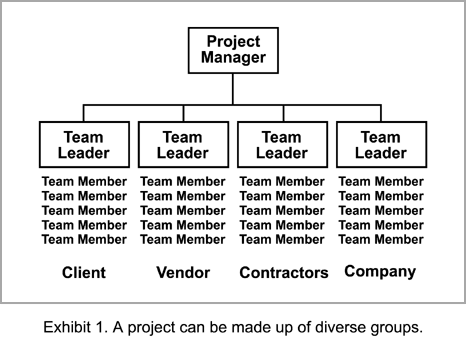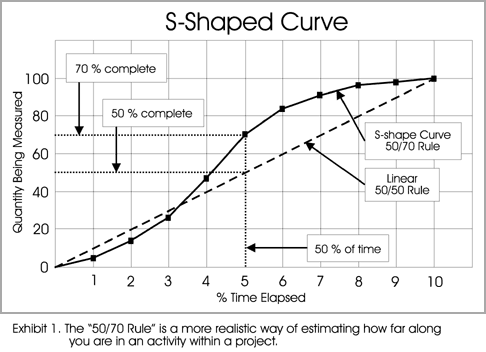If you ask your customers to rate your performance, you may improve communication and learn how to better meet their needs.
by Neal Whitten, PMP, Contributing Editor
If you do not routinely survey your customers about how well you and your projects are measuring up to their expectations, then you have plenty of company. Of those who don’t use this powerful business tool, most believe they’d rate in the 75 percent to 95 percent satisfaction range. Guess what? My experience shows that the satisfaction rating after the first survey is conducted is almost always below 50 percent.
Ouch! How could that be? Just because a customer smiles at you in the morning over a cup of coffee, inquires about your weekend or returns your phone calls does not mean he or she respects your performance and results. When you say, “I’ll try,” or, “We’ll see what we can do,” your customer hears a commitment. When your deliverables have quality defects, even “minor” ones, your customer expects better. It is all about expectations and how well you manage them with your customer and within your project.
Here are some frequently asked questions and answers regarding surveys:
Q: Who should conduct a survey?
A: It can be anyone who has a customer, internal or external.
Q: Should the project manager (PM) develop and administer the survey?
A: Not necessarily. The PM should ensure the survey is performed, but a project office, other group or the primary customer liaison from a project could manage it. Surveys administered to external customers should be reviewed and approved by the executive head of the project and possibly by a legal advisor. Surveys should be included in an organization’s project management methodology.
Q: How frequently should surveys be conducted?
A: At the end of a project or a major phase of a long-running project. Conducting surveys too often dilutes their effectiveness as a communication tool. If conducted too infrequently, they have little benefit on performance improvements.
Q: How long should a survey be?
A: Short–preferably no more than 10 questions with a multiple-choice graduated scale, such as “very satisfied,” “satisfied,” “neutral,” “dissatisfied” or “very dissatisfied.” The customer should be provided space to expand on the response to each question. The survey should not exceed one double-sided page and would be most efficient if administered electronically.
Q: What kinds of questions should be asked?
A: Questions related to satisfaction. Common areas include meeting commitments, schedules, costs, managing scope changes, quality of deliverables, and timely, accurate communications. Don’t overlook giving the customer the opportunity to respond to open questions (not multiple choice), such as “What did you like most about the project?” “What did you like least?” and “Any other comments?”
Q: How should the survey results be used?
A: To measure an organization’s performance improvements with a customer. The first survey sets the baseline. Actions are then planned to improve the survey results from subsequent surveys. Actions are adjusted accordingly to ensure that surveys reflect improvement. Many of the more professionally mature organizations use the survey results as a measure of a project manager’s long-term improvement and effectiveness. Now go make a difference!

